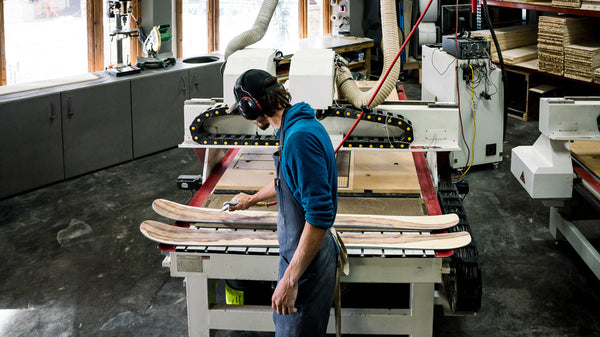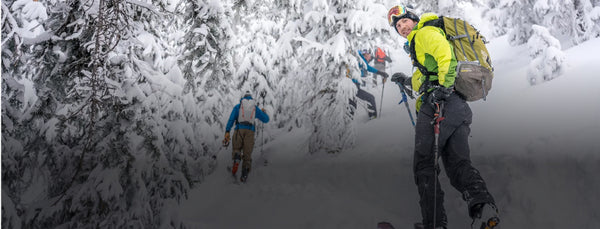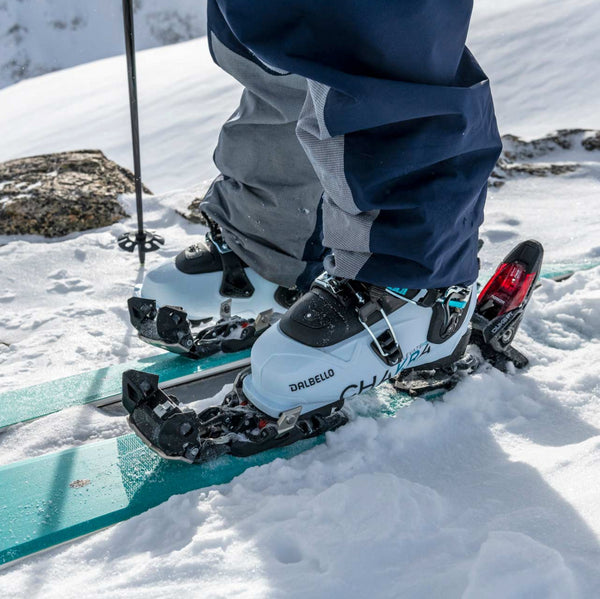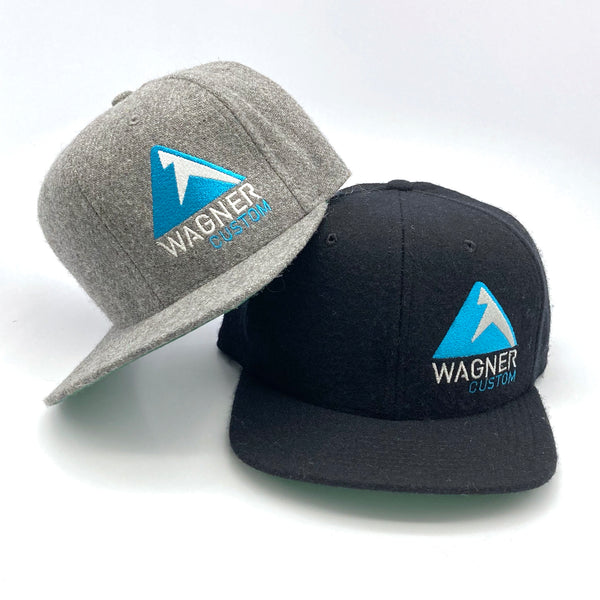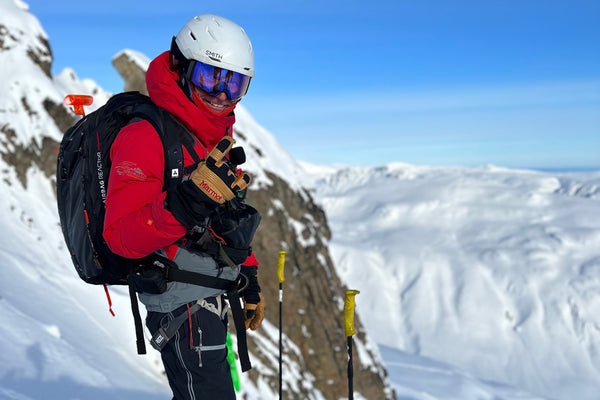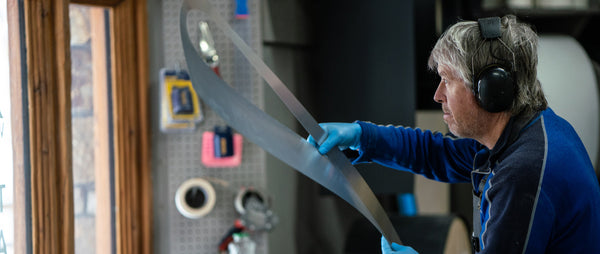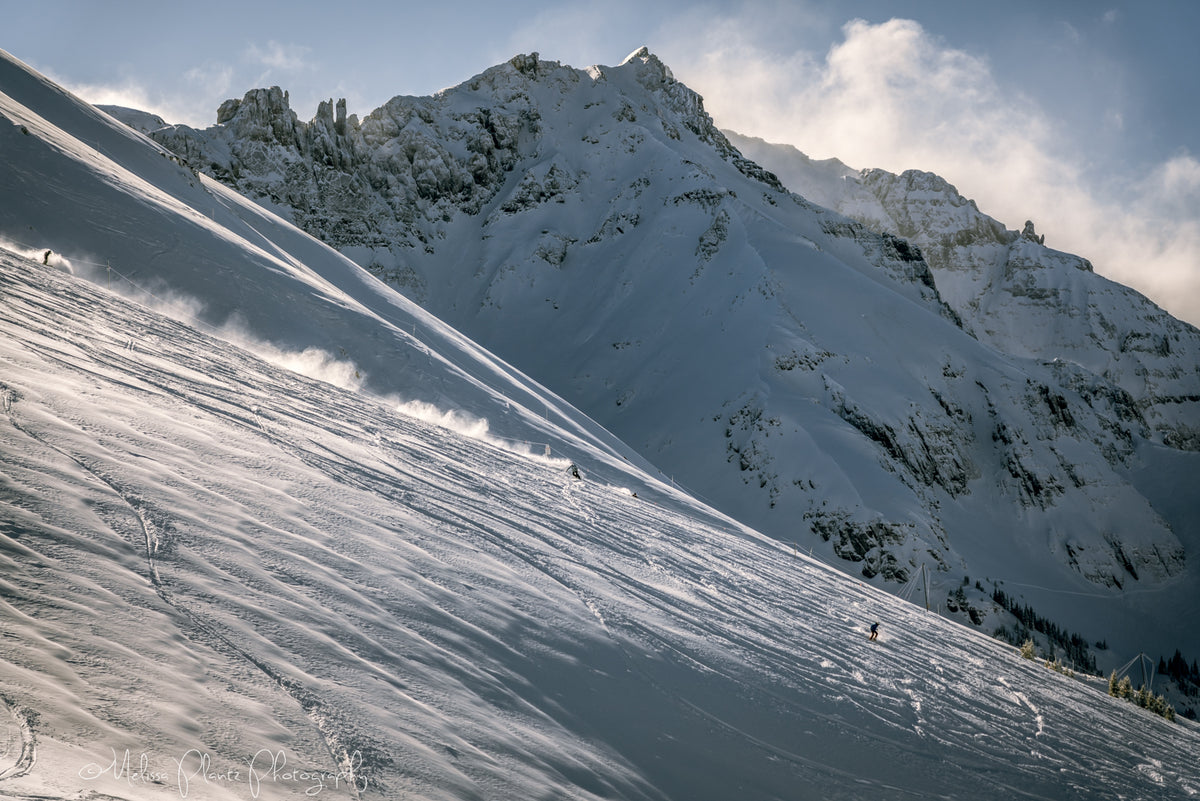
The Best Skis for Powder
Ah, powder. To purr through the velvety deep, we skiers will wake up at ungodly hours, drive white-knuckled up icy mountain roads, and make up elaborate excuses to skip obligations that stand in our way.
Powder days don’t happen all that often, so when they do, you’ll want to be sure to have the right tools on your feet. Here’s what you need to know before you buy specialty skis for surfing the deep.
Waist Width
There was a time when powder skiing was reserved for only experts, as skinny, straight skis took Doug Coombs’s technique to manage well. Then fat skis became a thing in the 1990s, and suddenly this precious commodity was ripe for mass plunder (much to the dismay of said experts).
Fat skis are so much easier to manage because the extra surface area stays above the snow, allowing you to surf over it rather than dive into it. Typically, skis for powder will have a waist-width of 100-120 mm. The larger surface area also moves faster on the snow (it spreads out pressure so there’s less friction), which allows you to maintain enough speed to make turns in mellow terrain.
Keep in mind that the wider the ski, the more challenging it will be to lay over on the groomers, so if you intend to buy only one ski capable in everything, go on the lower end of the waist-width spectrum. (For more on waist-width, click here.)

Photo by Will Berger
Profile
Rocker vs. Camber
The profile of your ski describes its combination of rocker and camber. Rocker, or reverse camber, came to be in the early 2000s (thanks in part to the late, great Shane McConkey), and is a key technology in powder skis. It’s the convex bend that allows your tips and tails to float, much like a water ski.
Rockered skis have a very different feel than cambered ones, and manufacturers utilize it in different ways to create essentially two different flavors of powder skis: directional and loose.
Directional skis are typically rockered only in the tips and tails for a more traditional feel—they’ll want to dive down the fall line and still hook up in a classic arc. Loose skis are fully rockered from tip to tail and will feel more playful, slashy, and be easier to smear or throw sideways to scrub speed. (On fully rockered skis, turns feel more “slarve-y” than carve-y, if that makes sense.)

The flavor that’s right for you is mostly personal preference, though the directional option will be more versatile on groomers, and the looser option will be easier for novices in pure powder. (For more on rocker and camber, click here.)
Sidecut
A ski’s hourglass shape is referred to as its sidecut—the difference in width from a ski’s tips and tails to the waist. This is important because it determines what kind of turns your skis prefer to make, referred to as the sidecut radius. (A larger sidecut radius means the ski makes longer turns and vice versa.) In powder, the goal is to float and not sink, which means you’ll want to make longer, faster turns to keep up your speed, therefore you’ll want a large sidecut radius (typically 16-20 m).
Powder skis often incorporate a wide variety of shapes, some of which bear no resemblance to the typical hourglass shape. A five-point sidecut, for example, moves the widest part of the skis closer to the binding, making five points of differentiation for the dimensions (tip/wide forebody/waist/wide rearbody/tail). This shape adds maneuverability and can make the ski feel shorter, making tricks easier.
A reverse sidecut ski is widest at the waist, with tapered tips and tails that won’t hook up in deep snow. While these are excellent in the deepest days, they sacrifice nearly all hard-snow versatility. (For more information on sidecut, click here.)
Length
Generally speaking, you’ll want your powder skis to be longer than your carving or all-mountain skis. This gives you greater float and speed. Also, because all powder skis incorporate some kind of rocker, the skis feel shorter because you have less effective edge (where your edge connects to the snow).

Just how much longer you’ll want to go depends on the terrain you’ll be skiing. Tight, technical trees may justify shorter skis, while wide-open above-treeline bowls beg for more length.
For most skiers, it’s safe to go 5 cm longer than your groomer or all-mountain skis. (For more on length, click here.)
Summary
Now you’re armed with the info you need to enter the deep. Go forth and plunder. (And tell your boss it’s all our fault. We’re sorry – not sorry.)
Want to know more about skiing powder? Check out our article Powder, Groomers, and Bumps.
--
Article by Kimberly Beekman
Kimberly Beekman is the former editor-in-chief of the late, great Skiing Magazine (RIP), and a longtime editor of SKI Magazine before that. She currently uses the title of “freelancer” as a beard to ski powder all over the world. She lives in Denver, Colorado, with her wonderful daughter and terrible cat.

